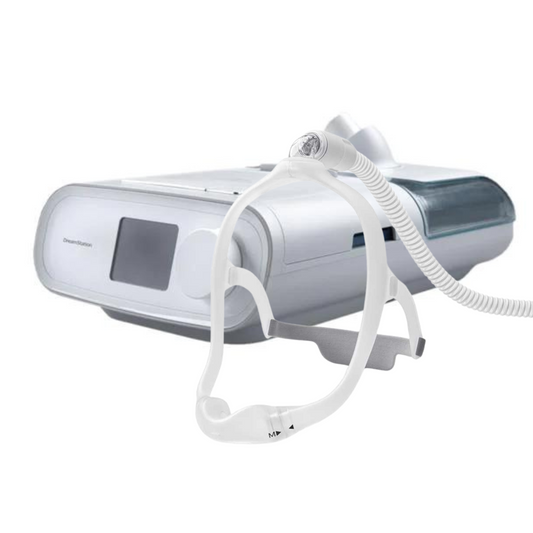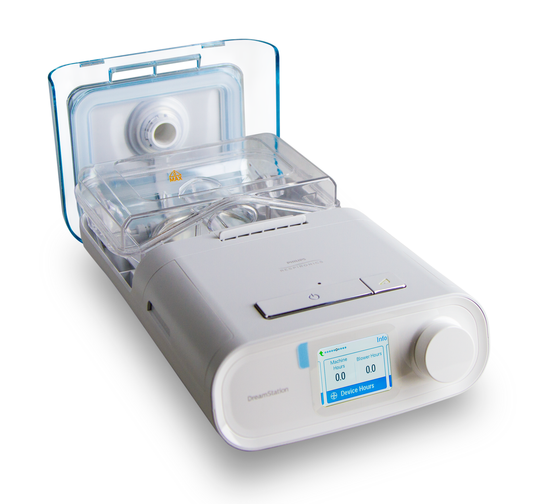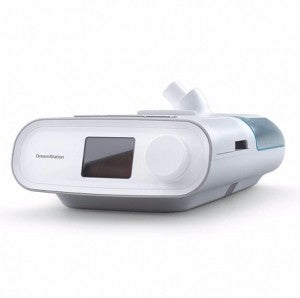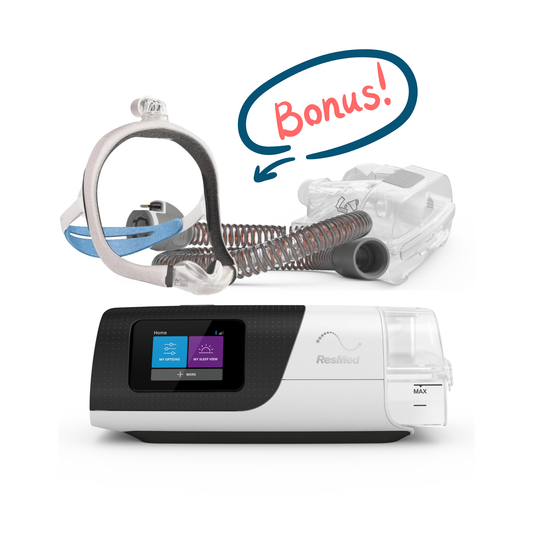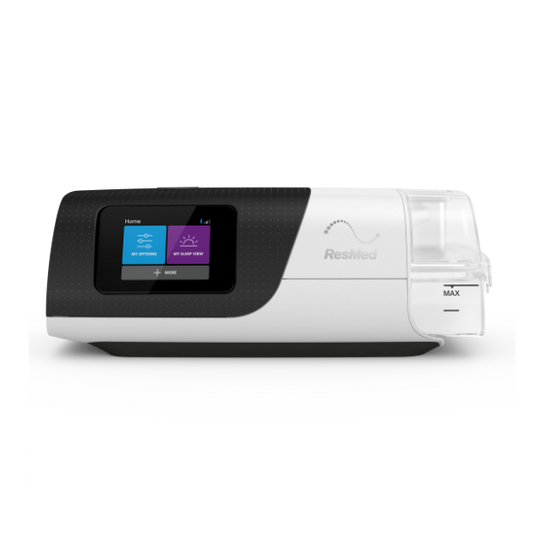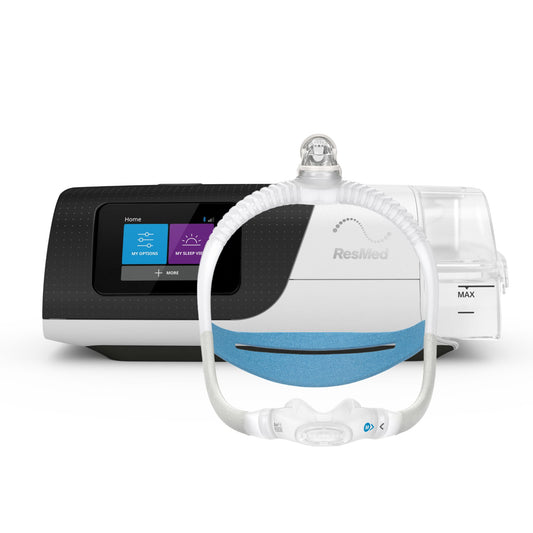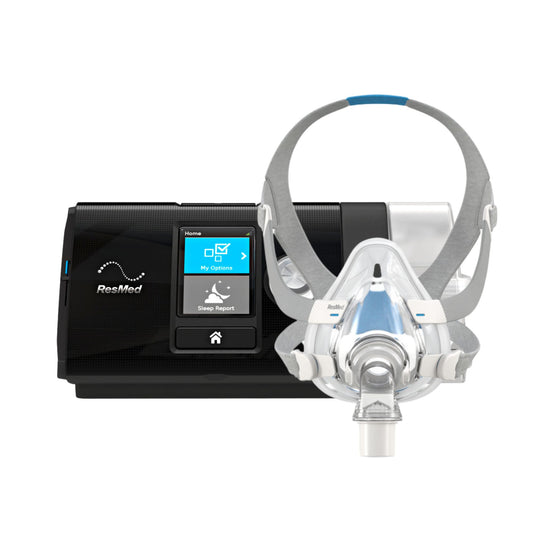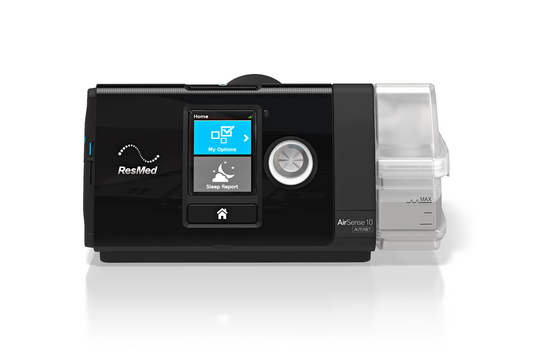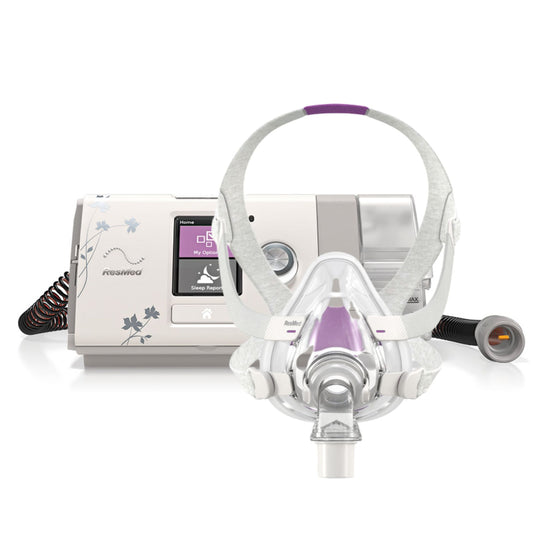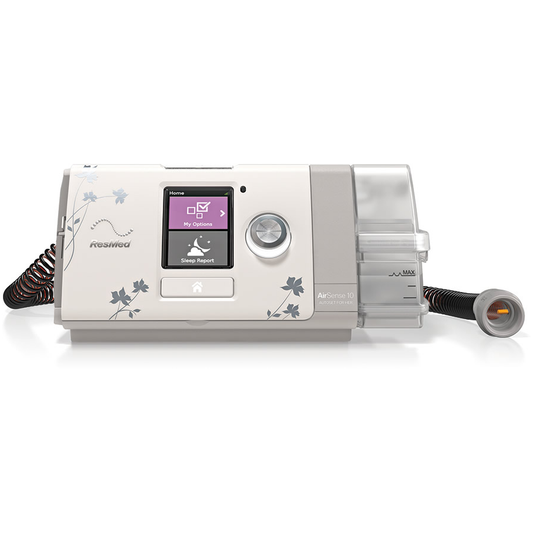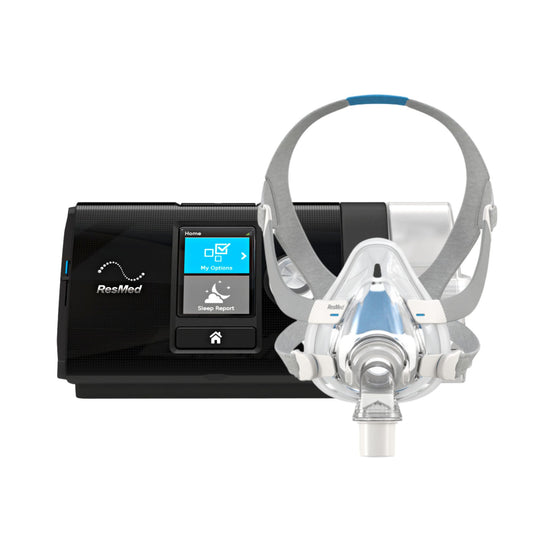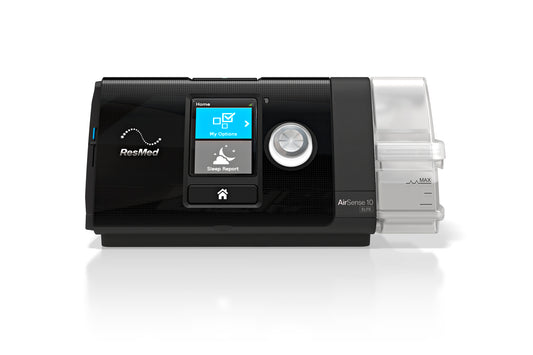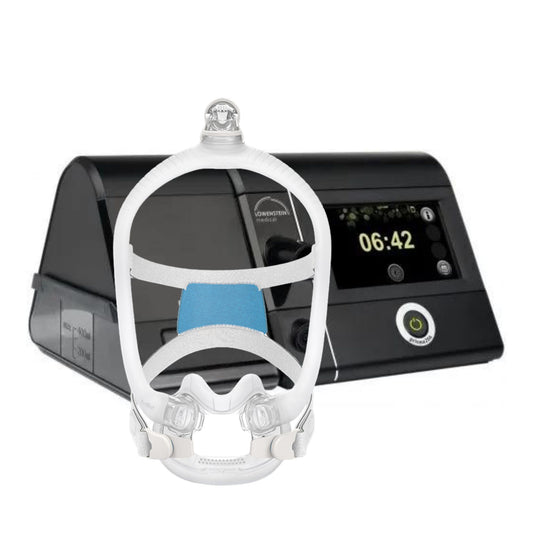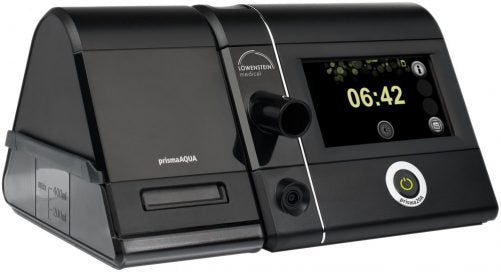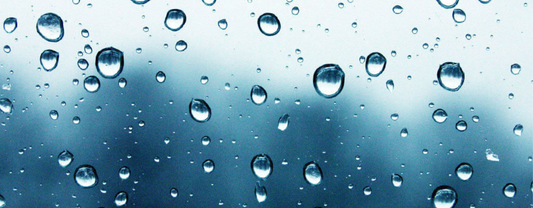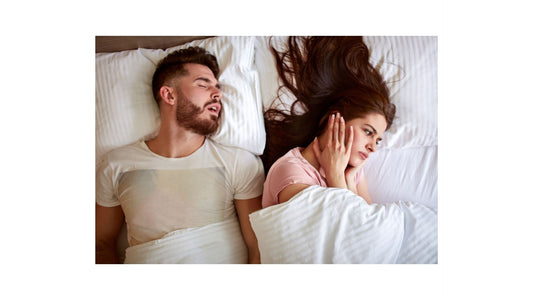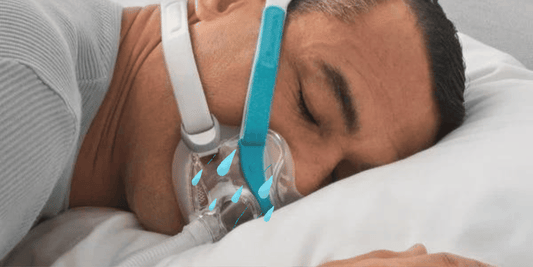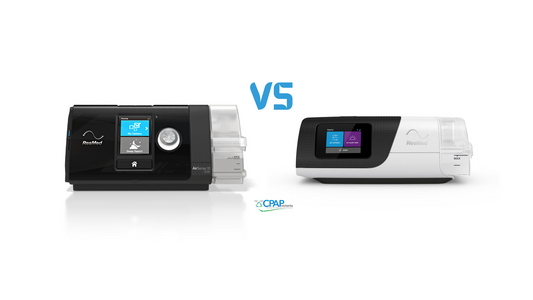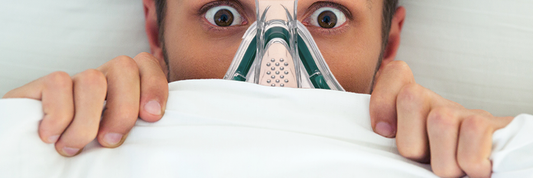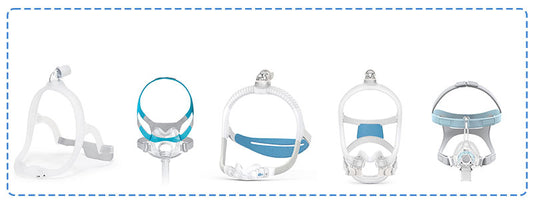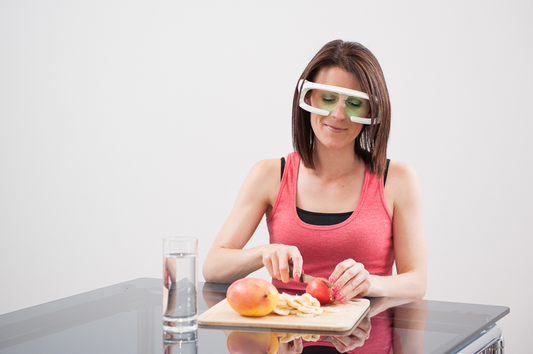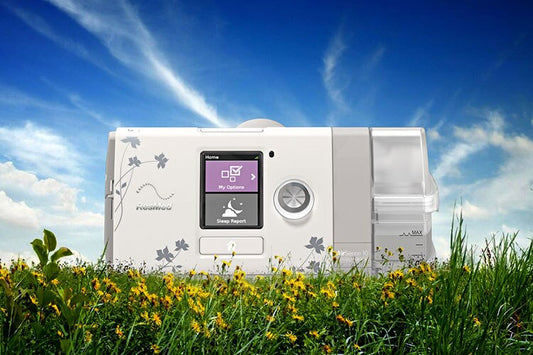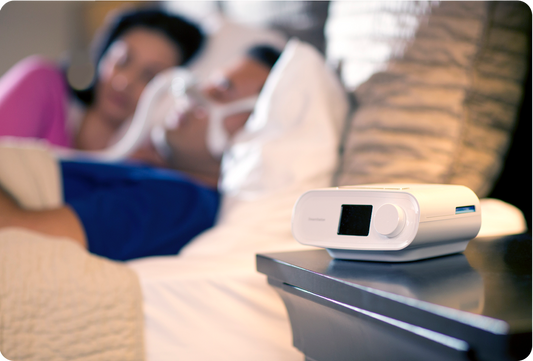New CPAP users encounter numerous glitches and hitches with their mask during the first few days of therapy. The problems are minimal and can be easily addressed and eliminated.
Humidification and Mouth Leaks
One of the most common problems of CPAP users is air leaks from the mouth. This happens because the user’s mouth is open during the therapy because the CPAP airflow is causing nasal irritation. Studies indicate that mouth leaks are correlated to lack of humidification or inefficient humidification. Another possibility of air leaks from the mouth is that the nasal membranes cannot readily tolerate the increased airflow, causing the nasal and airway passages to become dry. To compensate for the dryness, the user opens his mouth to breathe. The air from the CPAP naturally takes the path of least resistance and therefore leaks out of the user’s mouth. Since the air leaks through the mouth, the user will have swollen nasal passages and mouth dryness in the morning.
This problem is easily addressed by proper humidification. If the user still naturally through his mouth while sleeping, a chinstrap can effectively hold the jaw so that the user’s mouth is closed. In some cases, it is better to use a full face mask to ensure that the mouth and nose are both covered.
Options for Mouth Breathers
There are CPAP users who are naturally mouth breathers due to small nostrils, deviated septum or because of chronic allergies and sinus conditions. One of the best options is using a full face mask or a hybrid mask because these masks can effectively cover the nose and mouth so it won’t matter whether one breathes through his nose or mouth. For those who prefer to use nasal mask, nasal prong or nasal pillow mask, using a chinstrap to hold the jaw and mouth closed could prove to be quite effective. Oral mask with heated humidifier best suits mouth breathers with blocked nasal passages.
Dry Mouth in the Morning
If a user experiences dry mouth in the morning after a night’s CPAP therapy in spite of using a heated humidifier, it is a sign that he breathes through his mouth. If he uses a nasal mask during therapy, breathing through his mouth renders the humidification process quite useless. The CPAP therapy becomes ineffective.
To determine whether the user breathes through his mouth, he must first make sure that the mask is not leaking. A 6 -9 month old CPAP masks is more likely to leak so it is best to replace it. If the CPAP mask is new, the leak could be due to incorrect fit. In this matter, it is best to ask the help of CPAP Victoria to help in finding a perfect-fit mask.
If the mask is new and does not leak, securing a chinstrap to keep the mouth closed during sleep is recommended. If the chinstrap does not solve the dry mouth in the morning problem, the user should try special CPAP masks for mouth breathers.
Dry Eyes in the Morning
CPAP air can easily leak from the mask to the user’s eyes during sleep. The air leak can easily cause the eyes to dry out. Why does air leak through the mask to the eyes? Because the mask is ill-fitting, or too long, or too big for the user’s nose.
It is best to determine the size of the mask for best fit. A CPAP mask with an adjustment at the bridge may prove efficient. Some users opt for nasal cushion or nasal pillow mask to avoid air leaks and possible dry eyes in the morning after therapy.
If you have questions regarding CPAP masks, call us at 1300 750 006.
